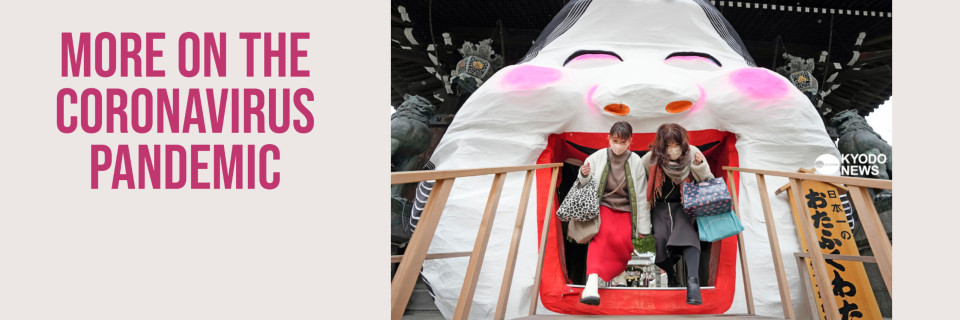Japan said Monday it will end blanket COVID-19 testing of visitors from China, effective Wednesday, with the rate of those testing positive dropping recently.
Quarantine officials will test travelers from China by random selection at Japanese airports, and such visitors will continue to be required to show proof of a negative COVID-19 test taken within 72 hours of departure, Chief Cabinet Secretary Hirokazu Matsuno said at a press conference.


In China, the number of infections with the novel coronavirus exploded after Beijing in December last year began drastically relaxing its stringent "zero-COVID" policy that had involved lockdowns and quarantines.
Prime Minister Fumio Kishida's government, meanwhile, will scrap a rule limiting departures and arrivals of direct flights connecting Japan with China to four major airports -- Narita, Haneda, Kansai and Chubu.
The government will also allow airlines to increase the number of direct flights to and from China, although Japan tightened quarantine measures for arrivals from China in late December.
Currently, all travelers from China, including those who have visited the country within seven days, are asked to take a PCR or high-sensitivity antigen test upon arrival in Japan.
People who test positive must quarantine at a designated facility for up to seven days.
The border control easing would come as the rate of positive COVID-19 tests among travelers from China has stayed below 1 percent since late January, with only a limited range of mutations found, the health ministry said.
After Japan bolstered COVID-19 steps against Chinese nationals, the Communist-led government suspended issuing visas for Japanese citizens in early January before resuming the service later in the month.












